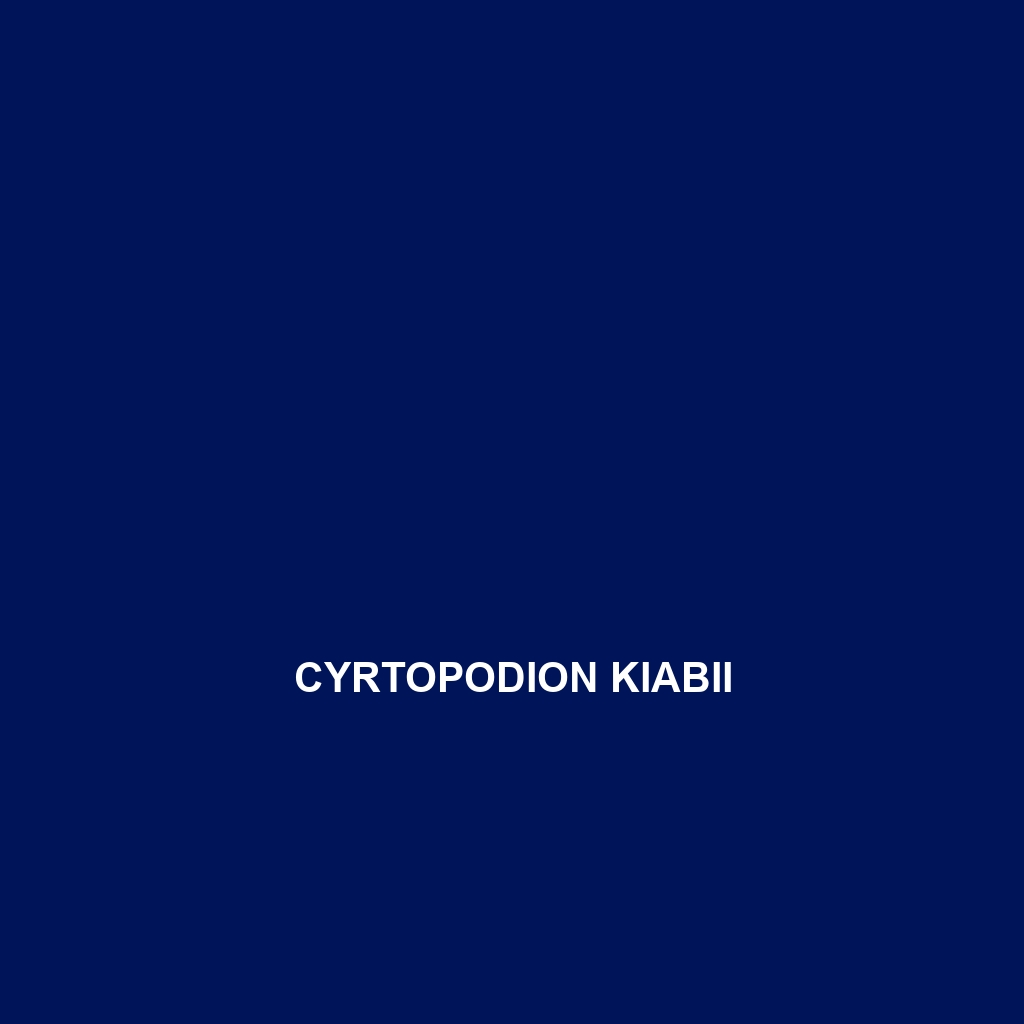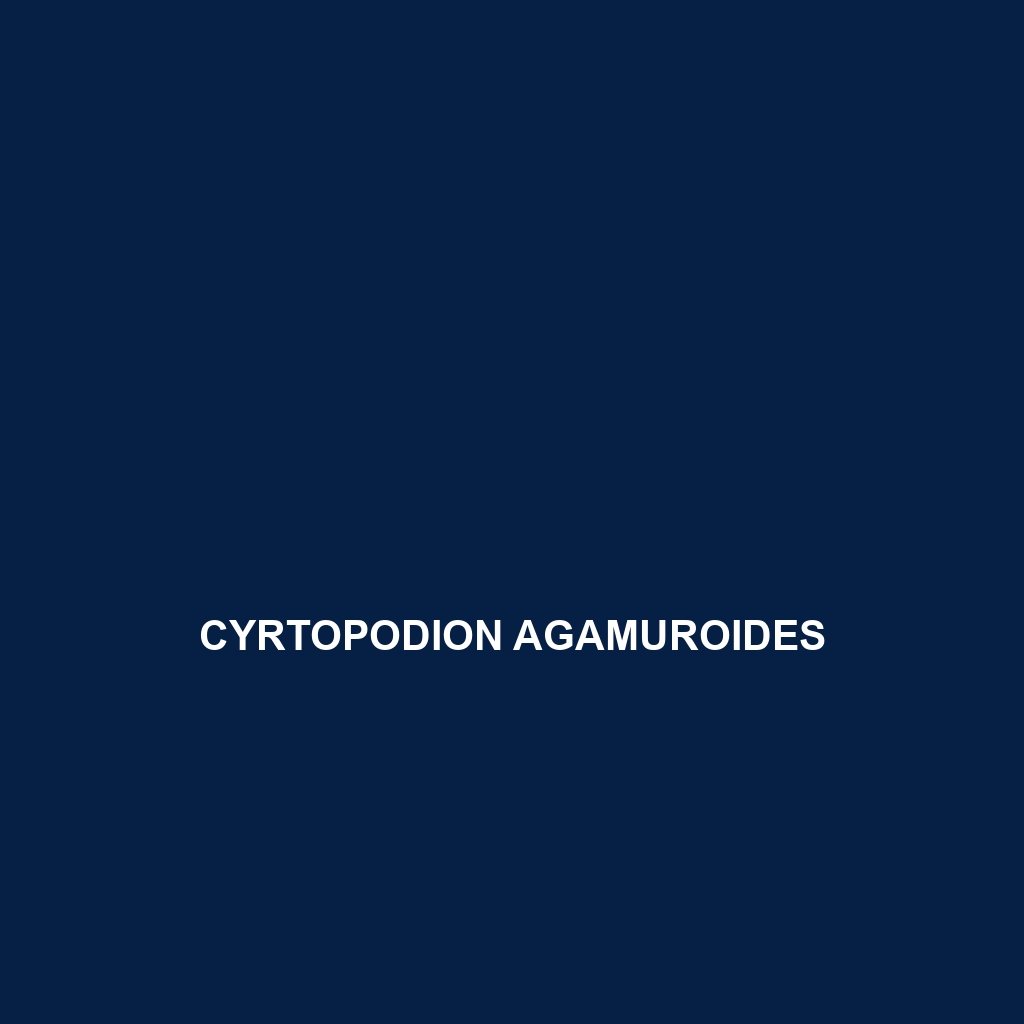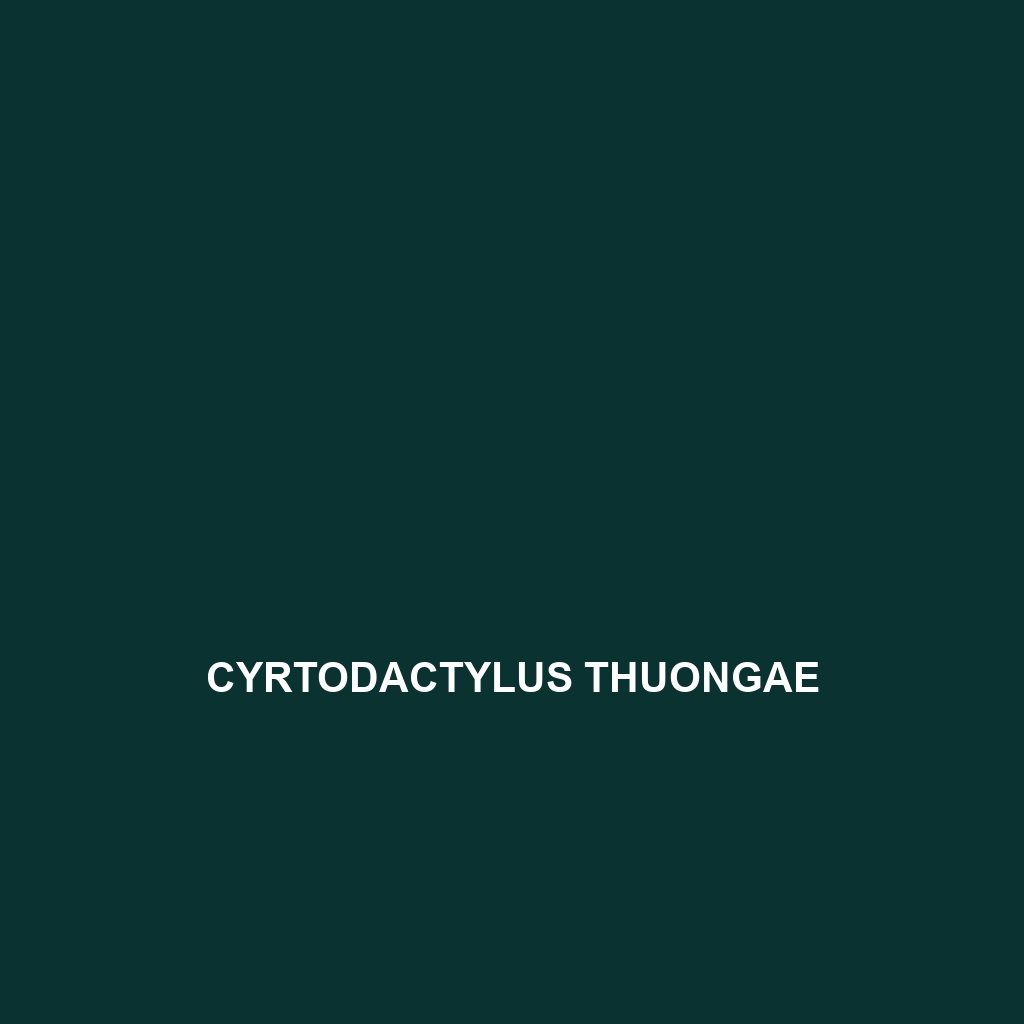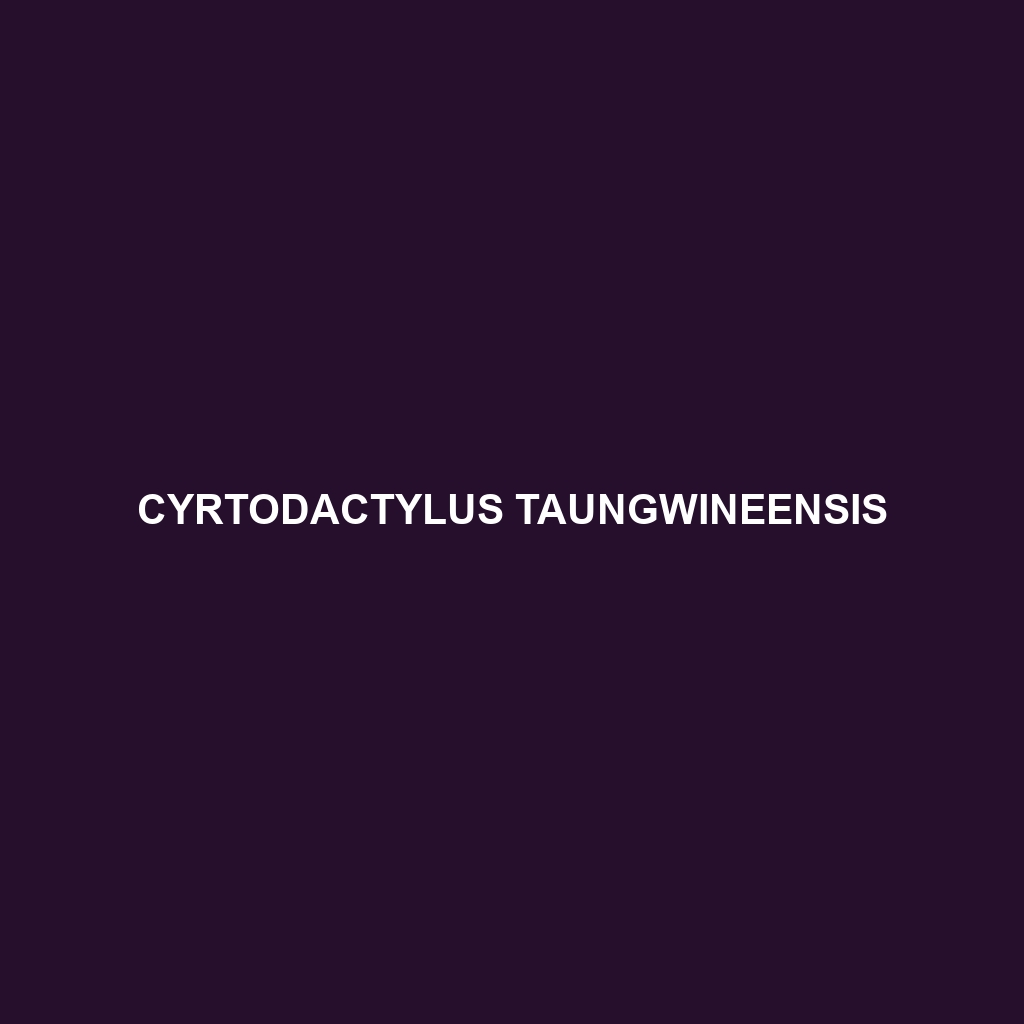Cyrtopodion medogense, a vulnerable gecko species from southeastern Tibet, known for its agile nocturnal behavior, distinctive camouflage, and diet primarily consisting of small insects. This rocky-habitat dweller plays a crucial role in maintaining ecological balance within its mountainous environment.
Tag: ecological role of geckos
Cyrtopodion kachhense
The Cyrtopodion kachhense, commonly found in the arid regions of southern Pakistan, is a nocturnal gecko characterized by its light brown to sandy yellow coloration with dark markings, adapting well to rocky habitats. This species primarily feeds on small insects and plays a vital role in its ecosystem by controlling insect populations while serving as prey for larger animals.
Cyrtopodion baigii
Introducing the Cyrtopodion baigii, also known as Baig's Wall Gecko, a medium-sized, nocturnal gecko native to the rocky habitats of Central and South Asia. With its distinctive broad-headed profile and sandy brown to gray coloration, this species is vital for controlling insect populations and plays a crucial role in its ecosystem.
Cyrtodactylus zugi
Cyrtodactylus zugi, a nocturnal gecko native to the humid tropical rainforests of Southeast Asia, known for its striking coloration, adhesive toe pads, and ability to camouflage. This species plays a vital role in its ecosystem by regulating insect populations and serving as prey for larger animals.
Cyrtodactylus zebraicus
striking Cyrtodactylus zebraicus, also known as the striped bent-toed gecko, a medium-sized nocturnal species native to the humid forests of Southeast Asia. With its distinctive dark stripes, excellent climbing abilities, and crucial role in controlling insect populations, this vulnerable gecko is a fascinating addition to any exotic pet collection.
Cyrtodactylus wangkhramensis
Cyrtodactylus wangkhramensis, a medium-sized gecko native to northeastern Thailand, known for its light brown to gray coloration with darker mottled patterns, excellent climbing abilities, and nocturnal foraging habits. This species plays a vital role in its ecosystem by regulating insect populations and is currently classified as 'Vulnerable' due to habitat loss.
Cyrtodactylus vairengtensis
Cyrtodactylus vairengtensis, a vulnerable species commonly found in the limestone hills of Southeast Asia, exhibits remarkable climbing abilities and nocturnal behavior. This adaptable gecko reaches lengths of up to 15 cm, featuring a coloration that ranges from light brown to olive-green, and primarily feeds on insects while playing a vital role in its ecosystem.
Cyrtodactylus thuongae
Cyrtodactylus thuongae, or Thuong's bent-toed gecko, a slender, nocturnal species found in central Vietnam's tropical forests. With remarkable climbing abilities, intricate patterns for camouflage, and a diet primarily of insects, this vulnerable gecko plays a vital role in its ecosystem.
Cyrtodactylus thalang
fascinatingCyrtodactylus thalang, a nocturnal gecko native to Southeast Asia, thriving in diverse habitats including dry evergreen forests and limestone hills. Measuring 10-15 cm, this agile predator plays a crucial role in controlling insect populations while exhibiting remarkable camouflage and climbing abilities.
Cyrtodactylus taungwineensis
Cyrtodactylus taungwineensis, a slender, nocturnal gecko native to the tropical forests of southeastern Asia. With its impressive climbing abilities and camouflage, this Vulnerable species plays a critical role in controlling insect populations while facing threats from habitat loss.









